Why use dispersants-2
01. Prevent return to coarseness and increase storage stability
If an inappropriate dispersant is used, the color paste will thicken or the color will change due to flocculation, which is not what everyone wants. In addition to the resin system, dispersants are an important factor affecting the storage stability of coatings. Poorly dispersed color paste will coarsen, settle and reduce tinting strength.
02. Increase color rendering and color saturation
This function of dispersants is most easily overlooked by everyone. There are examples that show that when different dispersants are used to disperse the same pigment, the hue and saturation will be significantly different. Generally speaking, the better the dispersion, the higher the saturation (if it is carbon black, the better the dispersion, the lower the L value, the higher the blackness).
03. Increase transparency and hiding power
For aluminum paint, you would hope that the transparency of the color paste should be as high as possible. For plain paint, it is hoped that the covering power of the color paste will be as high as possible. In fact, this is related to the pigment particle size. Data shows that in addition to refractive index, pigment particle size distribution is another important factor in transparency. As the particle size increases, the ability to scatter light increases until it reaches a maximum value, and then begins to decrease. This ability to scatter light enhances the hiding power of the pigment, which reaches its maximum when the scattering ability is strongest. As the particle size continues to increase, the hiding power will decrease. When the pigment particle size is below a certain value, the transparency increases as the particle size decreases. The dispersant cannot change the characteristics of the pigment itself, but its control and stabilizing effect on the particle size distribution of the pigment will achieve a more ideal color effect.
04. Improve grinding efficiency and reduce production costs
The wetting function of the wetting and dispersing agent enables the air and water on the surface of the pigment to be replaced more quickly by the liquid of the grinding medium, while maintaining and controlling the separation of primary pigment particles obtained in the dispersion stage. These improve grinding efficiency and reduce energy consumption and labor costs.
5. Prevent settlement
Many people may take it for granted that anti-sedimentation must rely on anti-sedimentation agents. In fact, this is one-sided. If the ground color paste flocculates, the pigment particles become larger and the specific gravity increases, it will settle quickly. Color pastes that use a suitable dispersant can add less or even no anti-settling agent.

